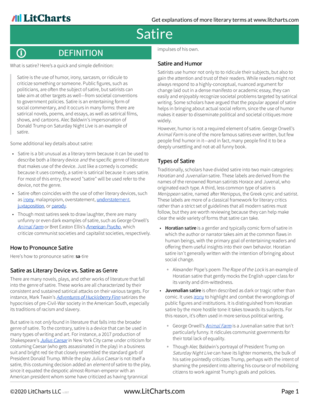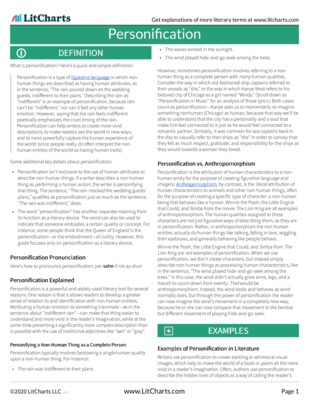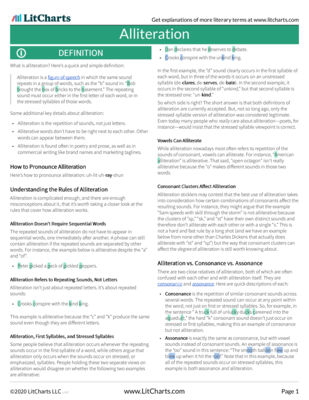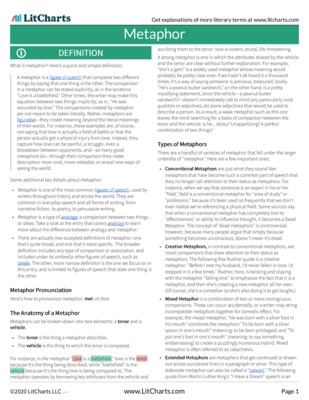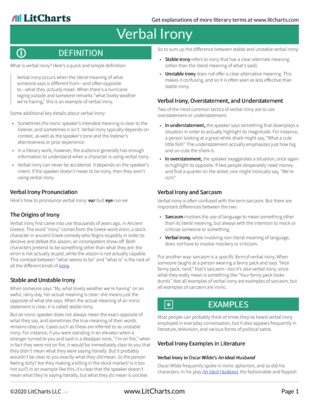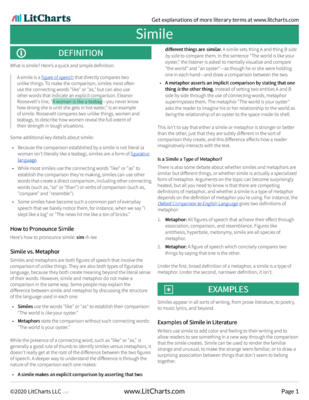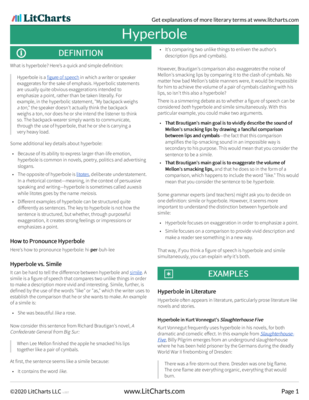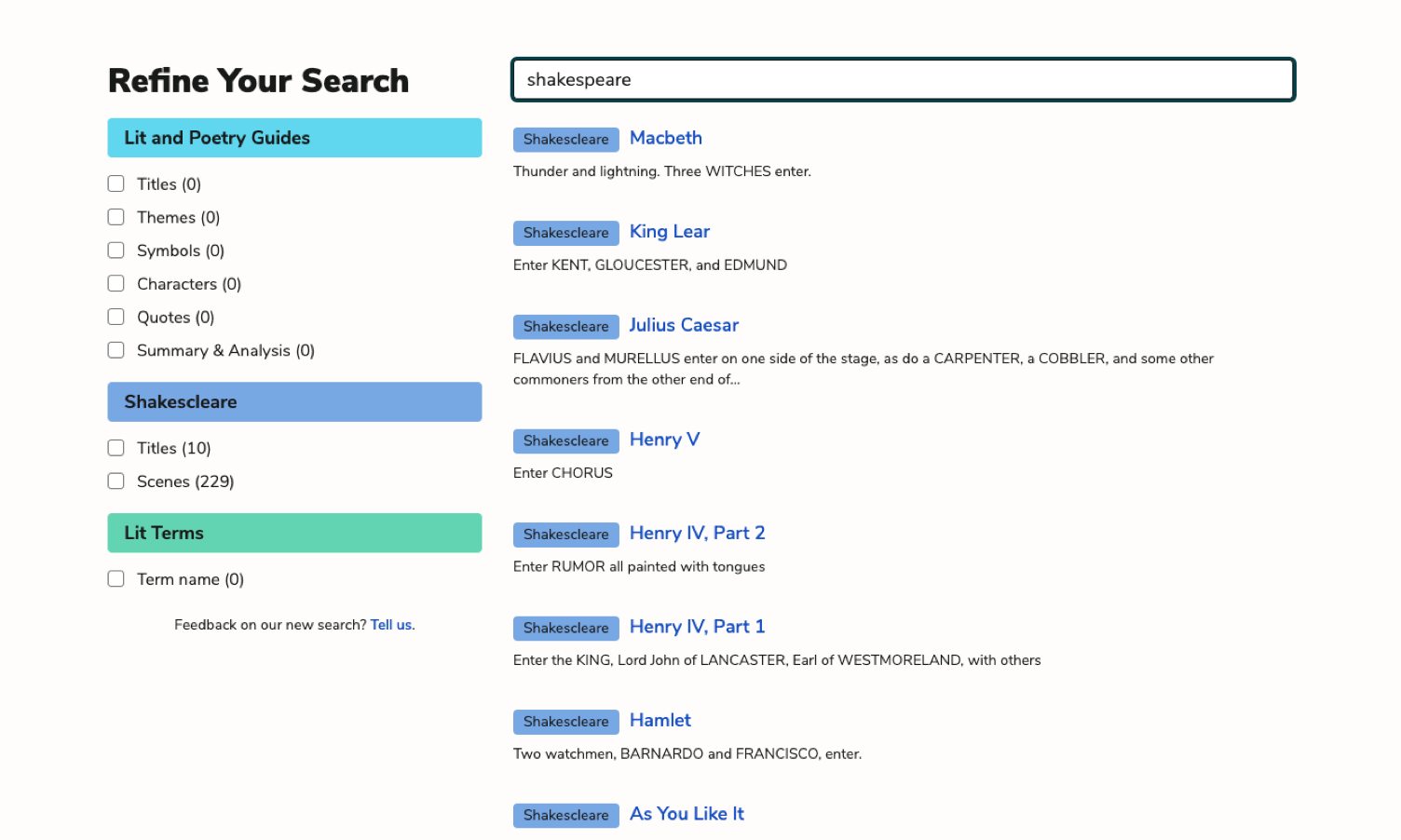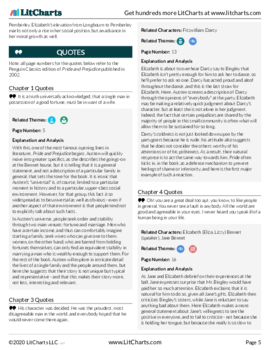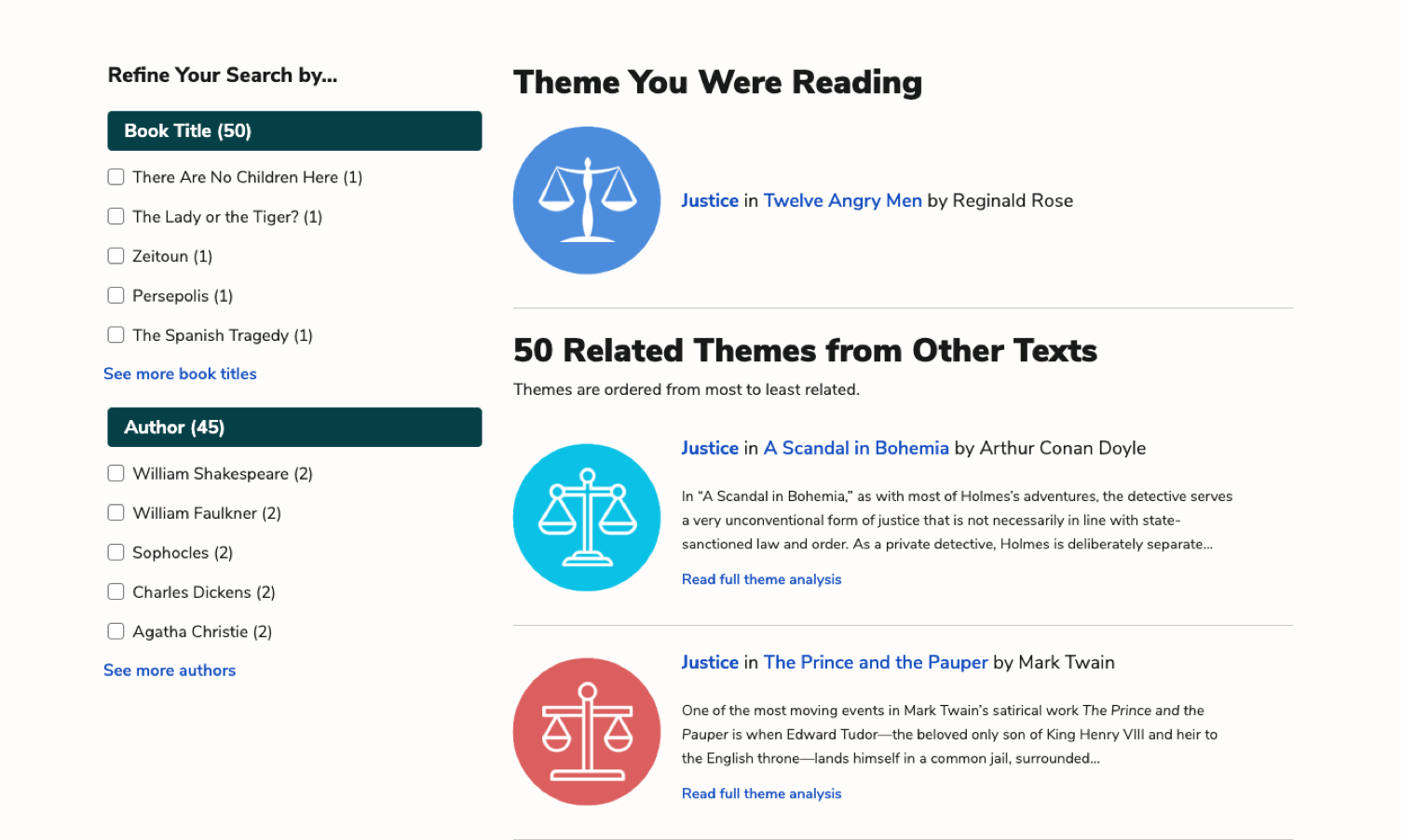- All's Well That Ends Well
- Antony and Cleopatra
- As You Like It
- The Comedy of Errors
- Coriolanus
- Cymbeline
- Hamlet
- Henry IV, Part 1
- Henry IV, Part 2
- Henry V
- Henry VI, Part 1
- Henry VI, Part 2
- Henry VI, Part 3
- Henry VIII
- Julius Caesar
- King John
- King Lear
- Love's Labor's Lost
- A Lover's Complaint
- Macbeth
- Measure for Measure
- The Merchant of Venice
- The Merry Wives of Windsor
- A Midsummer Night's Dream
- Much Ado About Nothing
- Othello
- Pericles
- The Rape of Lucrece
- Richard II
- Richard III
- Romeo and Juliet
- Shakespeare's Sonnets
- The Taming of the Shrew
- The Tempest
- Timon of Athens
- Titus Andronicus
- Troilus and Cressida
- Twelfth Night
- The Two Gentlemen of Verona
- Venus and Adonis
- The Winter's Tale
plus so much more...
-
Alliteration
Alliteration adds musicality and lyricism to the poem. Though the speaker uses lots of dense, scientific language, alliteration (plus frequent consonance and assonance) means that it still sounds pleasing and poetic.
For example, listen to the alliteration in lines 6-7:
blind bones with their manipulating tendons,
the knee and the knucklebones, the resilientThe alliteration adds emphasis to these body parts, and it also generally heightens the poem's language. In this way, alliteration helps to convey just how incredible the human body is.
Alliteration also emphasizes the intricate connections within the body. For example, notice how the phrase "miniature to minute" evokes the way the cartilage of the ear curves inward, like the concentric revolutions of a seashell, getting smaller and smaller closer to the ear canal. The same sounds slip across the line as the words themselves shrink (moving from "miniature" to positively "minute").
Alliteration also overlaps with consonance and assonance. Together, these devices make the poem sound richly musical and memorable, and they also evoke the images being described. Just listen to the crisp /t/ and /k/ sounds in the phrase "intricate exacting particulars"; the sharp, quick consonance itself feels intricate, exacting, and particular.
Another passage dense with sound patterning comes at the start of stanza 2. There's the alliteration of phrases like "sharp cresent [...] shell-like complexity," as well as broader consonance of /k/, /s/, /sh/, /t/, and /n/ sounds:
Observe the distinct eyelashes and sharp crescent
fingernails, the shell-like complexity
of the ear, with its firm involutions
concentric in miniature to minute
ossicles. [...]This latticework of sounds evokes the interconnected nature of the body itself, which functions because it has countless links between all these seemingly disparate parts.
The second half of the stanza is likewise filled with alliteration, consonance, and assonance. /C/, /m/, /l/, /n/, and short /i/ and /n/ sounds trickle down the page, lending a kind of connective musicality to the long lists of complex words. Take lines 14-16:
ossicles. Imagine the
infinitesimal capillaries, the flawless connections
of the lungs, the invisible neural filamentsAgain, the richly layered sounds suggest just how beautifully complex the body itself is.
Finally, notice all the plosive /p/ alliteration in the poem's closing stanza: "passion," "possessed," "practice, "perfectly," "precision." These sounds evoke the speaker's biting tone: they seem to be almost sneering at "passion" and "sentiment," which compared to biology are clumsy and inaccurate and impossible to understand.

|
PDF downloads of all 3060 of our lit guides, poetry guides, Shakescleare translations, and literary terms.
PDF downloads of all 1915 LitCharts literature guides, and of every new one we publish.
Learn more
|
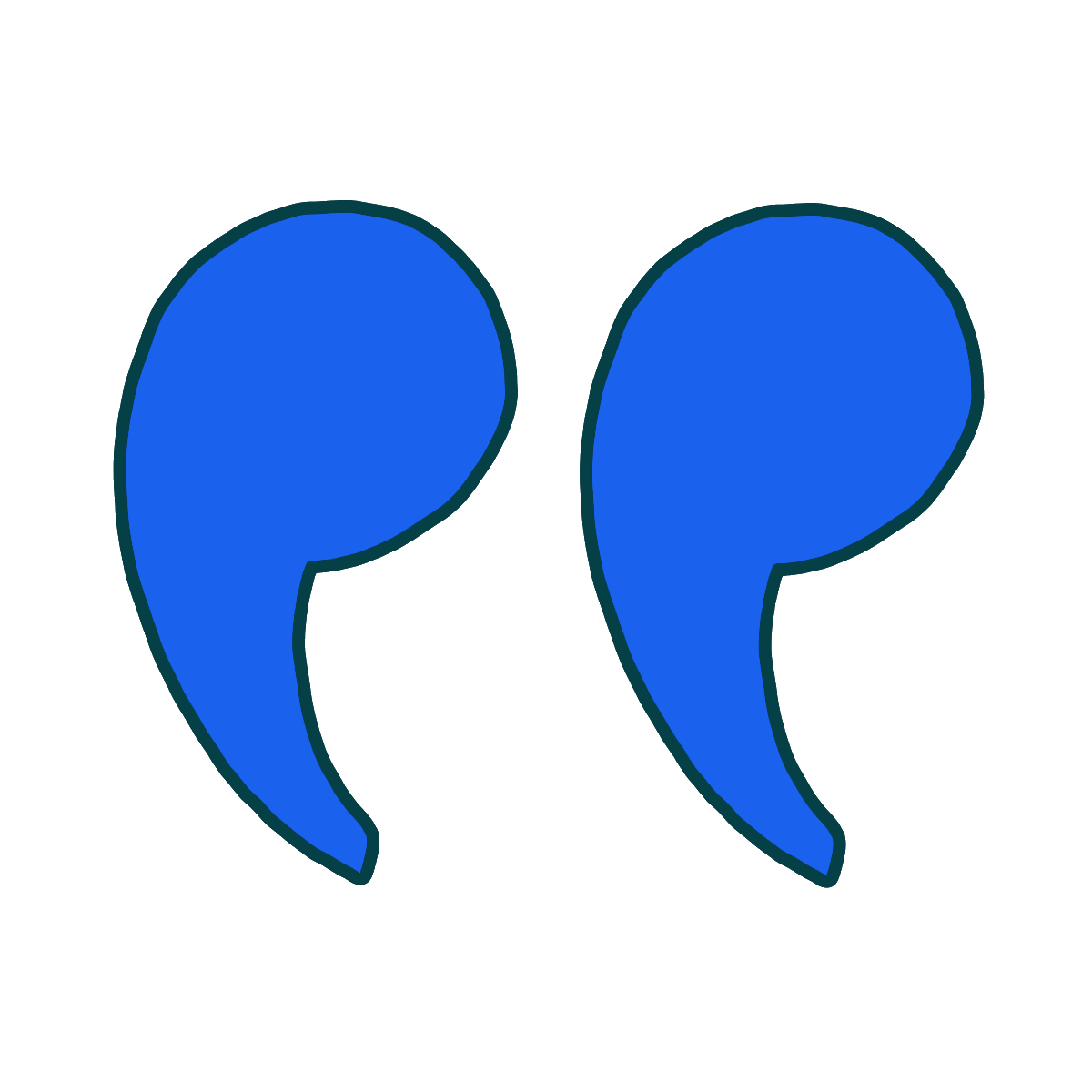
|
Explanations for every quote we cover.
Detailed quotes explanations (and citation info) for every important quote on the site.
Learn more
|

|
Instant PDF downloads of 136 literary devices and terms.
Definitions and examples for 136 literary devices and terms. Instant PDF downloads.
Learn more
|

|
Compare and contrast related themes.
Compare and contrast Related Themes across different books.
Learn more
|

|
Teacher Editions for all 1915 titles we cover.
LitCharts Teacher Editions for every title we cover.
Learn more
|

|
PDFs of modern translations of every Shakespeare play and poem.
PDFs of modern translations of every Shakespeare play and poem.
Learn more
|
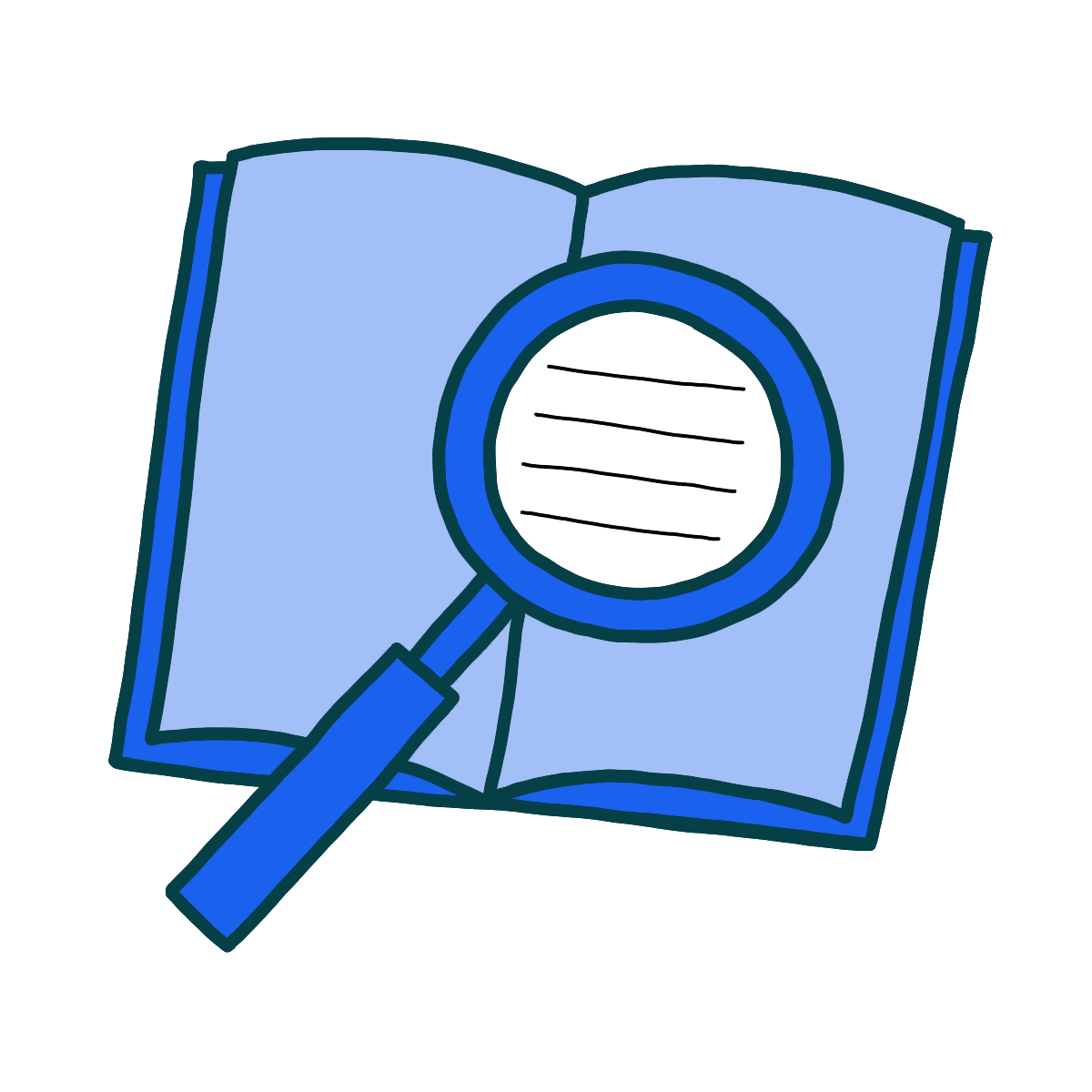
|
Advanced search across our collection.
Advanced Search. Find themes, quotes, symbols, and characters across our collection.
Learn more
|
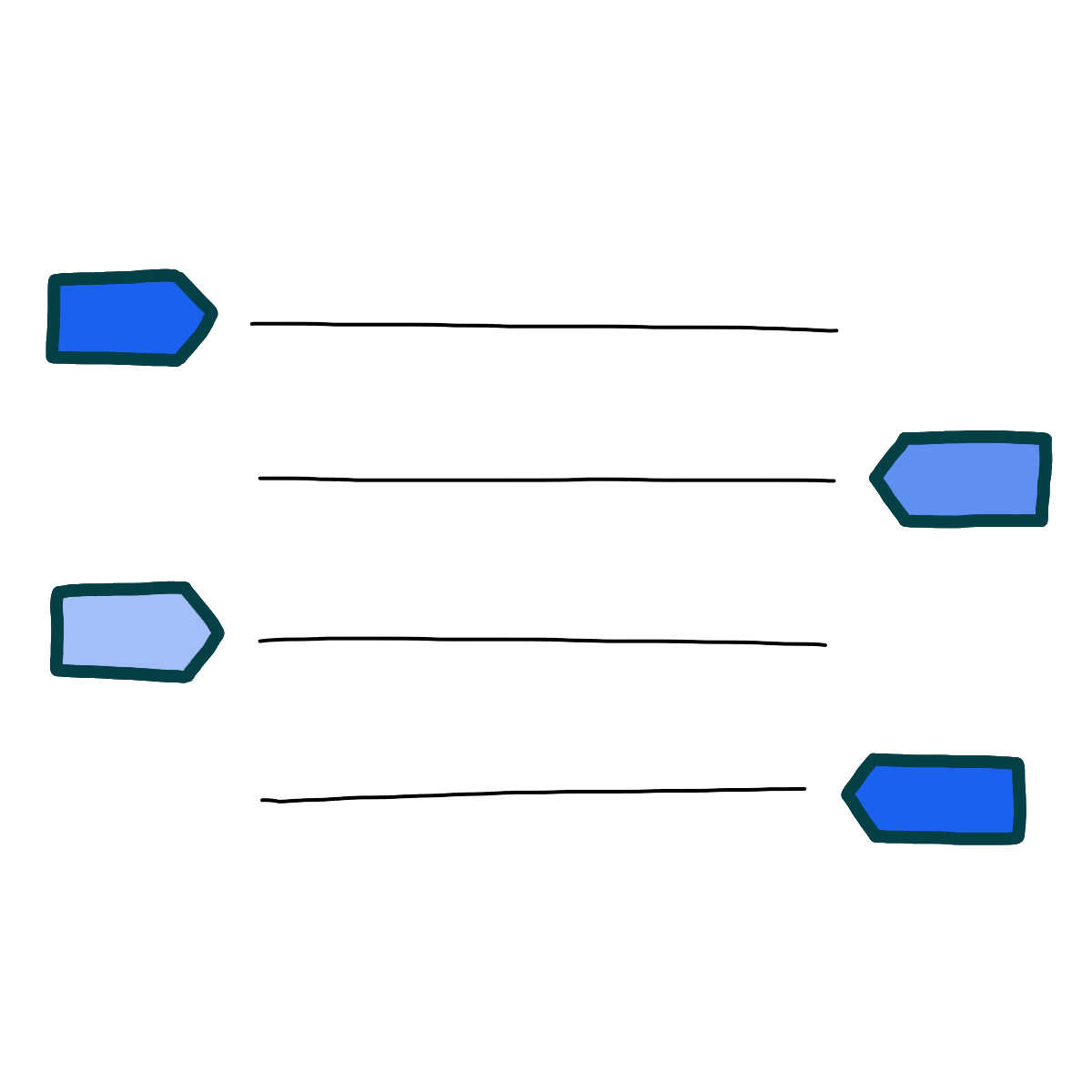
|
Line-by-line explanations, plus analysis of poetic devices for lyric poems we cover.
Line-by-line explanations, plus analysis of poetic devices for every lyric poem we cover.
Learn more
|


For every lyric poem we cover.
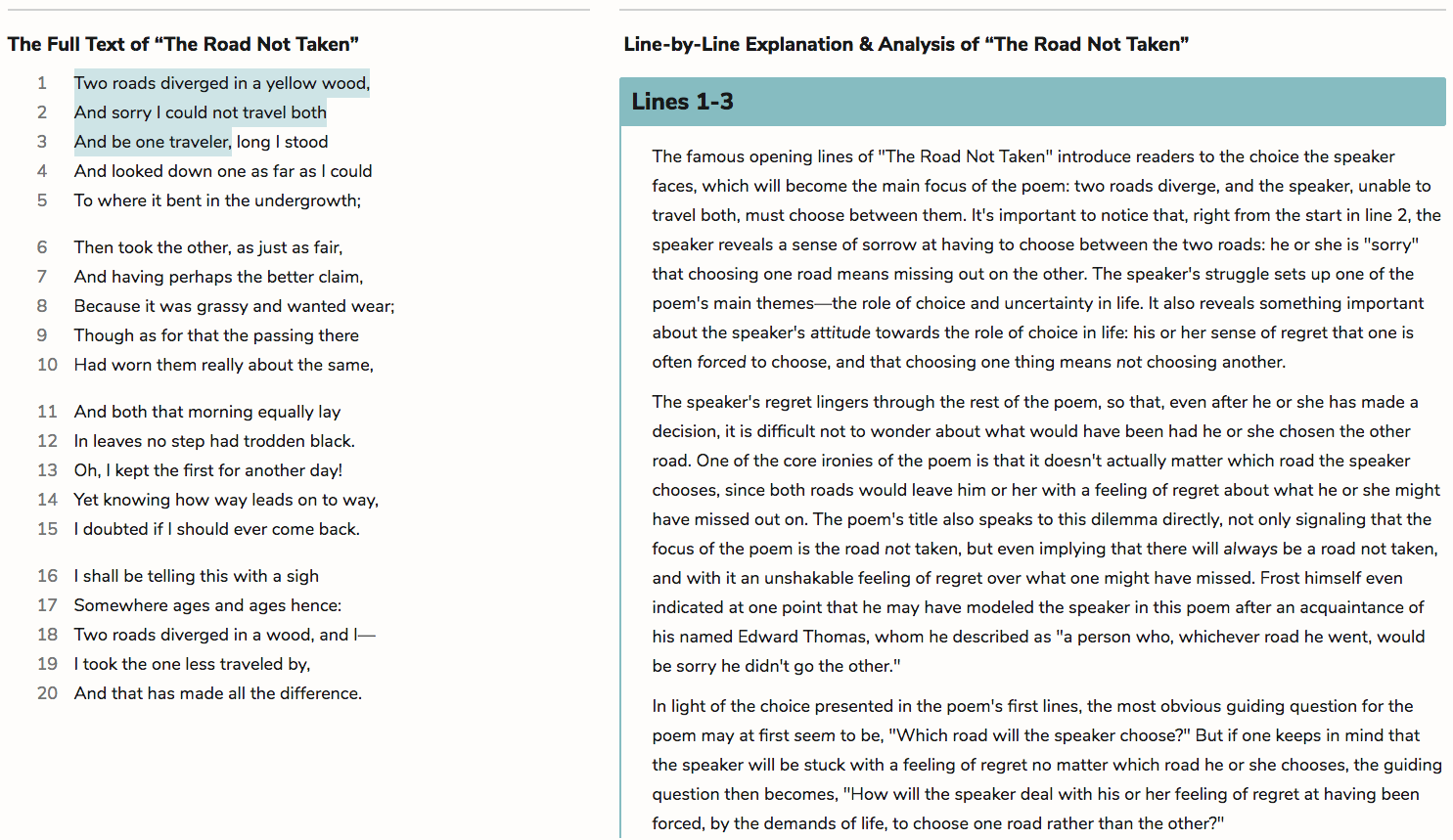


Literature Guide PDFs
LitCharts PDFs for every book you'll read this year.
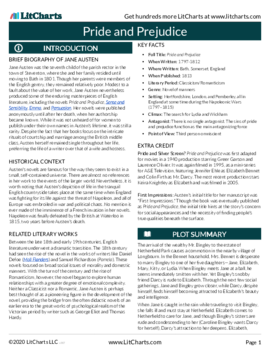


Quotes Explanations
For all 42,357 quotes we cover.
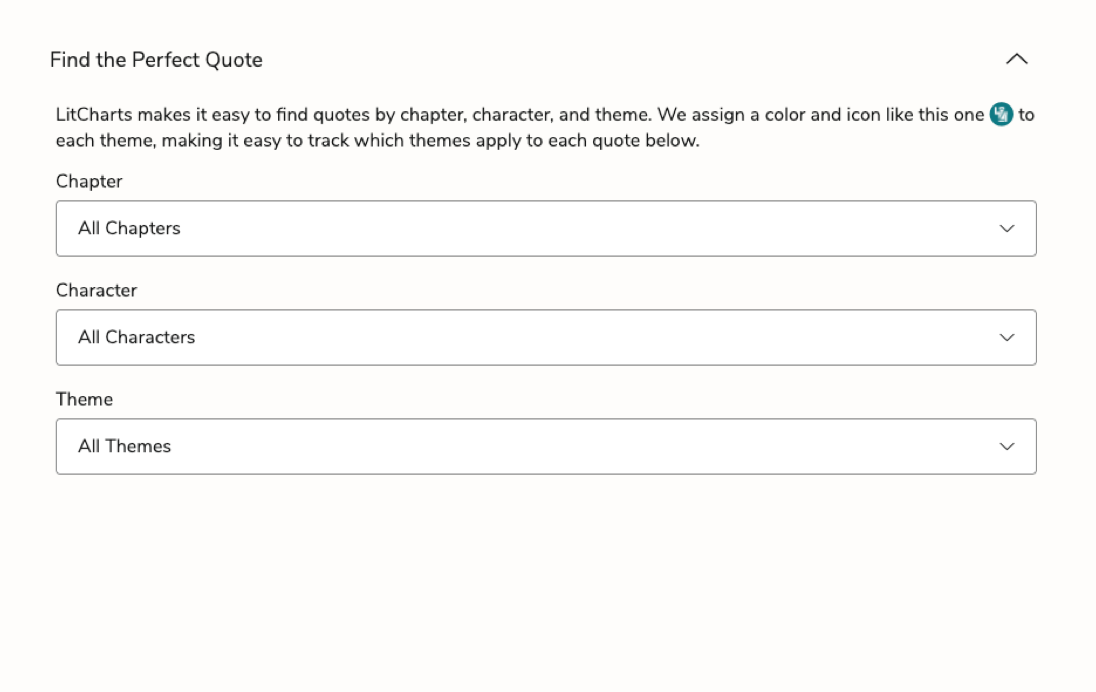
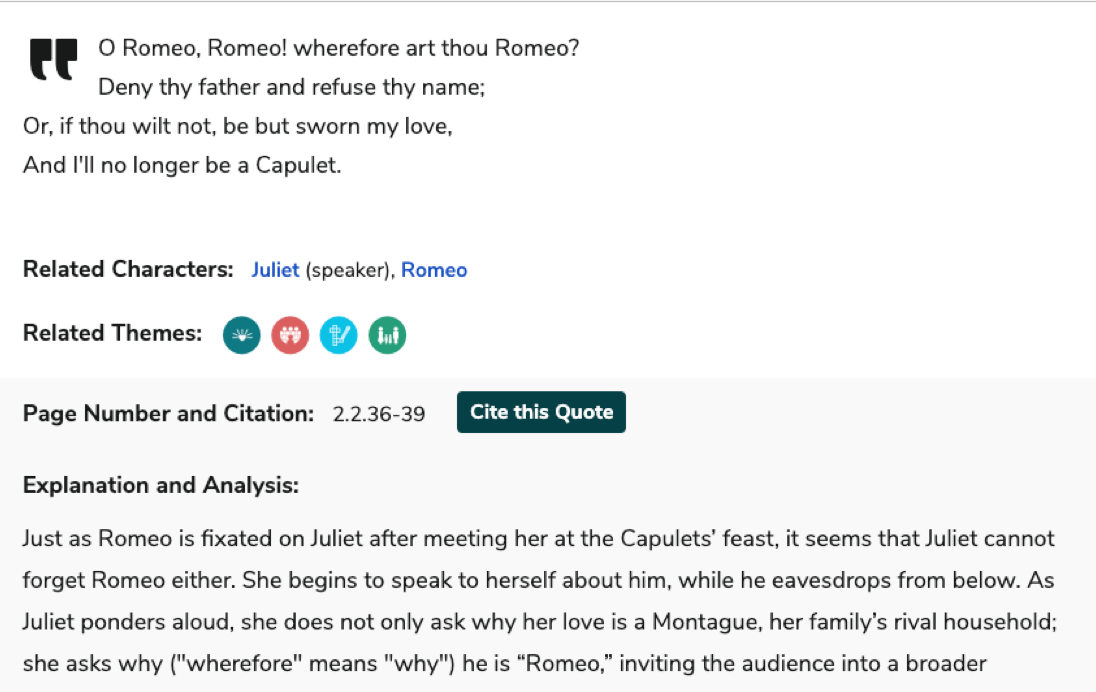
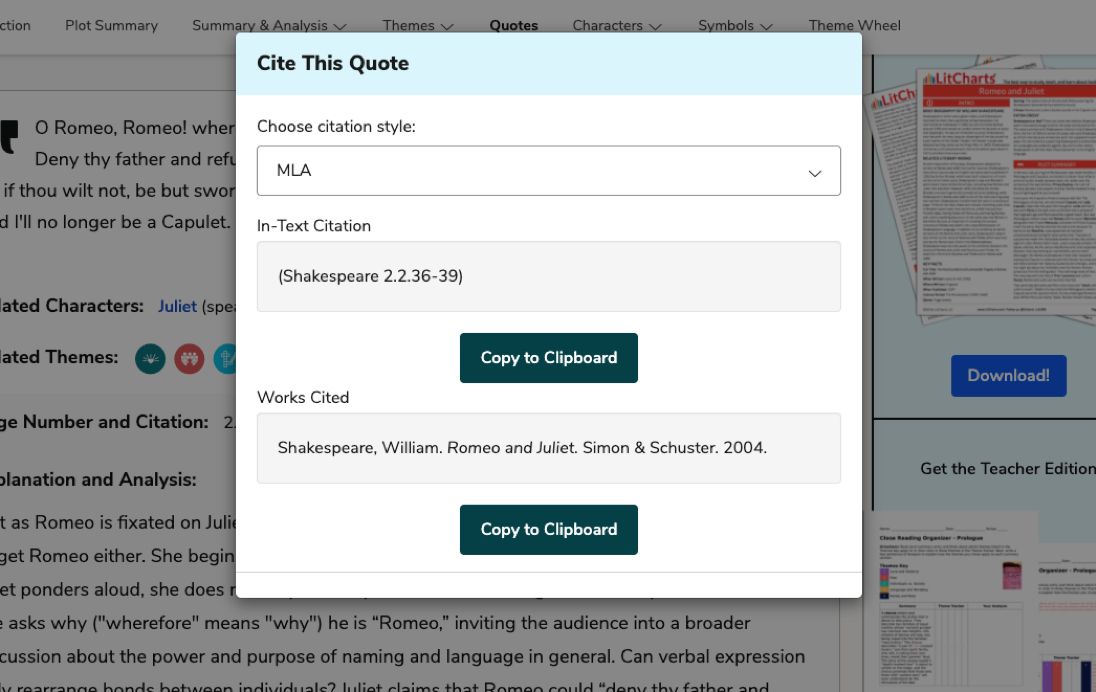


Teacher Editions
Time saved for teachers.
For every book we cover.
Common Core-aligned



PDFs of modern translations of every one of Shakespeare's 37 plays, 154 sonnets, and 3 longer poems.


Plus a quick-reference PDF with concise definitions of all 136 terms in one place.
